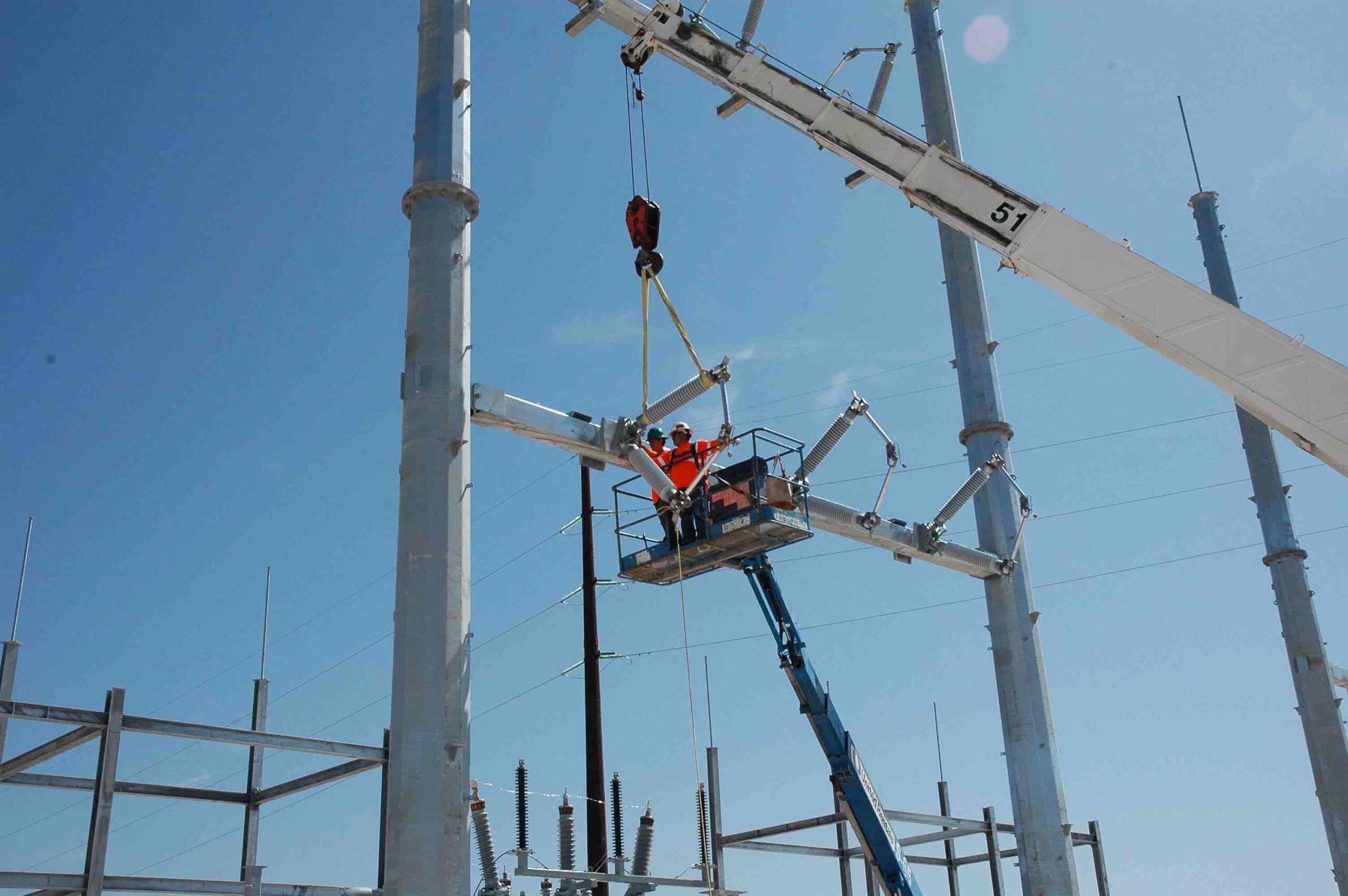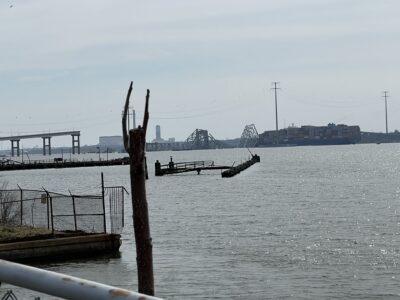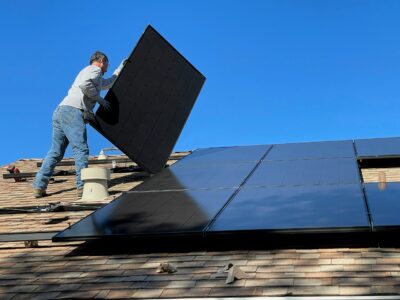On the path to a clean energy future, the grid plays a vital role. However, for many people, it’s like Apple Inc.’s iCloud –– we are aware of the concept and know it’s out there, but when it comes to understanding how it really works, we come up short. So, what exactly is the grid, and what role does it play in this transition that will be prevalent for the rest of our lives?
Actually, the electric grid is a combination of three important pieces that all play a role. It enables power to flow from where it is generated through transmission lines to where it is distributed, supporting a wide range of uses from residential lighting to industrial manufacturing.
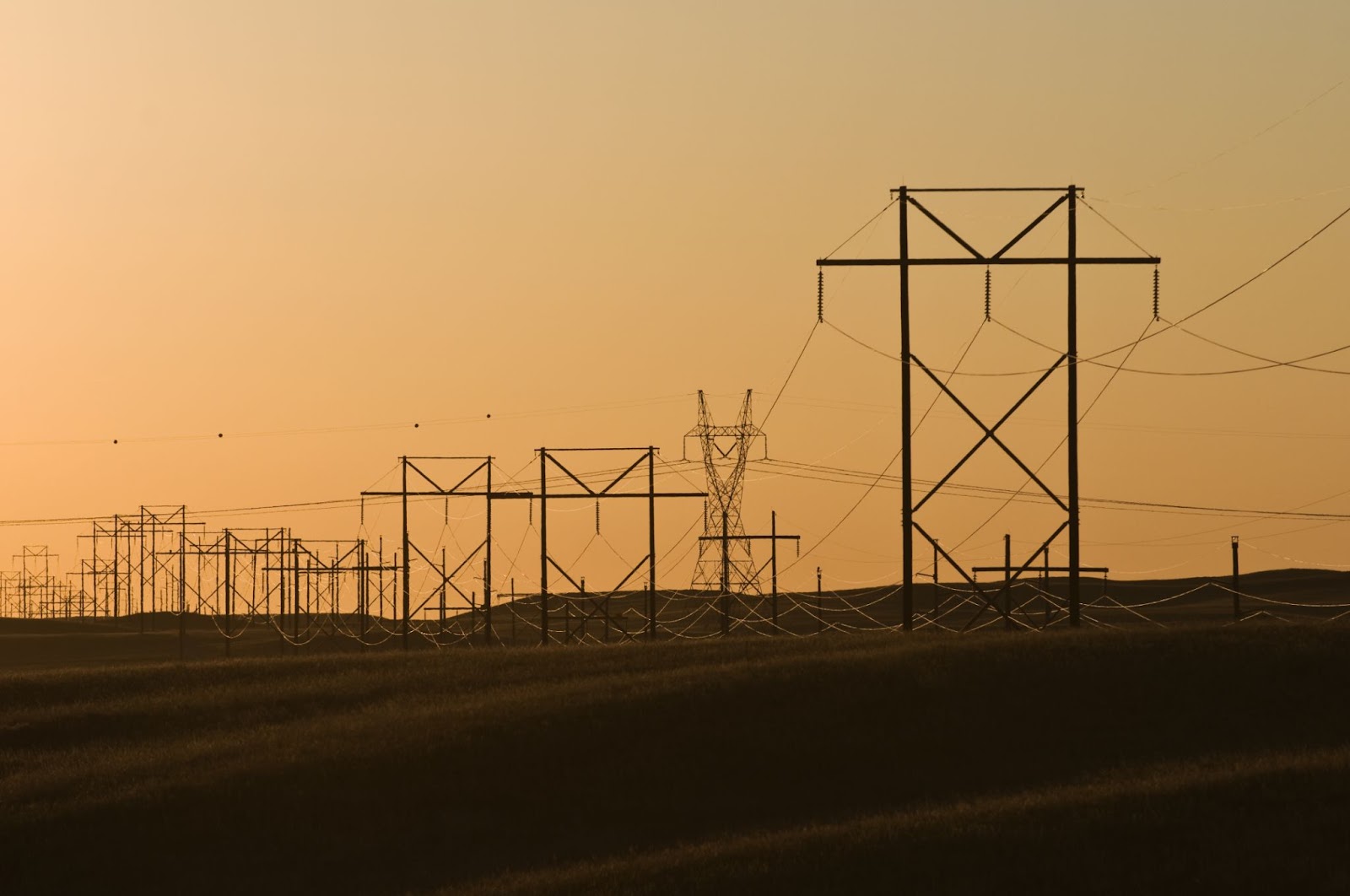
Photo Courtesy Duke Energy
Generation
Our story starts with generation. Generators can be spun, and electricity can be produced by burning coal or natural gas or inducing nuclear fission to create steam; collecting kinetic energy from the wind; or releasing water from a hydroelectric dam. Cells in a solar panel can also convert the sun’s light into an electrical current.
The source actually ends up making a big difference. Coal and nuclear plants generate levels of output that cannot be easily changed in the short term; however, there is always a minimum demand that has to be met, so they are common forms of continuously running, base load generating units used to meet it.
On the other hand, natural gas plants can ramp up and down quickly in response to changes in consumer demand. Therefore, they can serve as peak load-generating units that meet demand at their highest each day or intermediate load-generating units that provide energy between the base load and the peak.
Finally, wind and solar are more variable, intermittent generators whose capabilities are based on what those elements are currently producing at any given time; with their addition, less power is needed from other generators.
Notably, generating sources with more than 1 MW of generation capacity are considered utility-scale, and those with less are considered small-scale.
In 2022, according to the U.S. Energy Information Association, fossil fuels accounted for 60.4% of utility-scale electricity generation in the U.S., followed by renewables at 21.3% and nuclear at 18.2%.
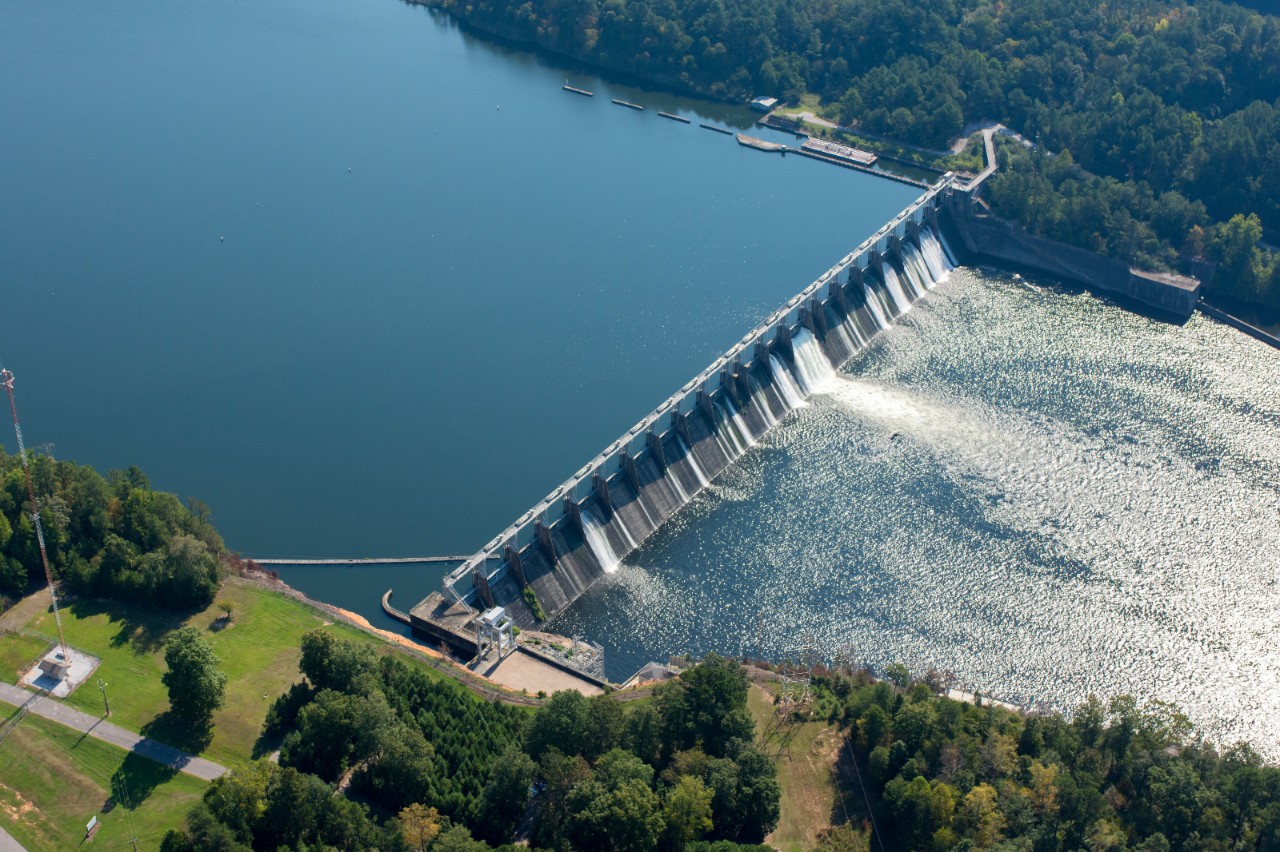
Photo Courtesy Alabama Power
Transmission
Next, this power must be transported to other locations across far distances at high voltages through overhead or underground transmission lines. These lines carry high voltage power because about 5% of electricity in the U.S. is lost in transit through resistance and conversion into heat; a higher voltage equates to lower current, less resistance, and less power lost. Therefore, power generated at a power plant or a wind or solar farm needs to “step up” to a higher voltage with a transformer at a transformer substation.
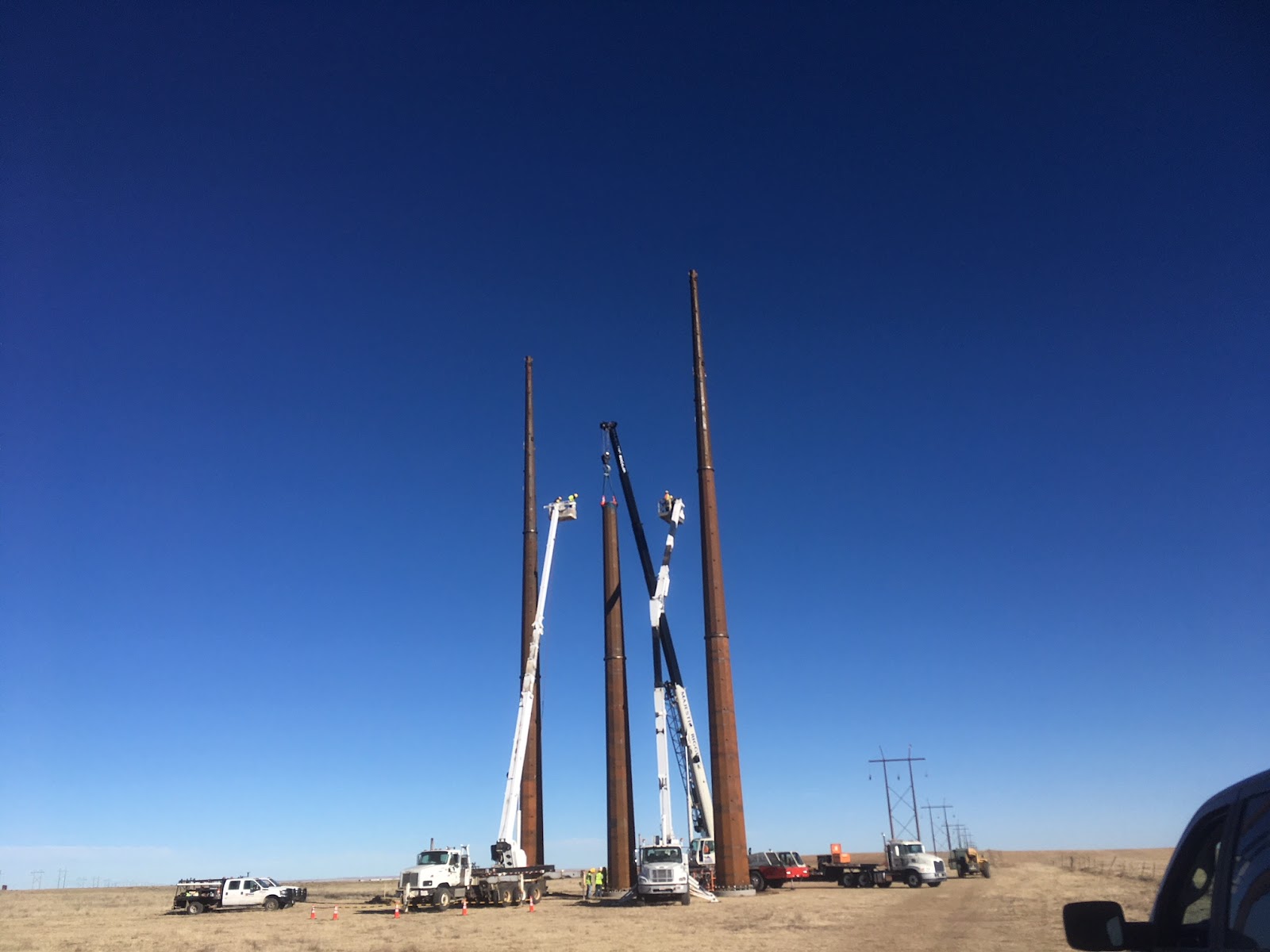
Photo Courtesy Xcel Energy
Distribution
Once the power eventually nears the location where it will be distributed, it will need to “step down” to lower voltages through another transformer at an electrical substation, making it safe to enter businesses, homes, and schools. Fuses send the current into many local, one-way distribution lines, which are thinner than the two-way transmission lines, and then carry that power to local buildings.
Once the power enters that final destination, the grid comes to an end, with “customer load” measured in the kilowatt hours used each month to, for example, watch our televisions or charge our many devices, which is what appears on your energy bill.
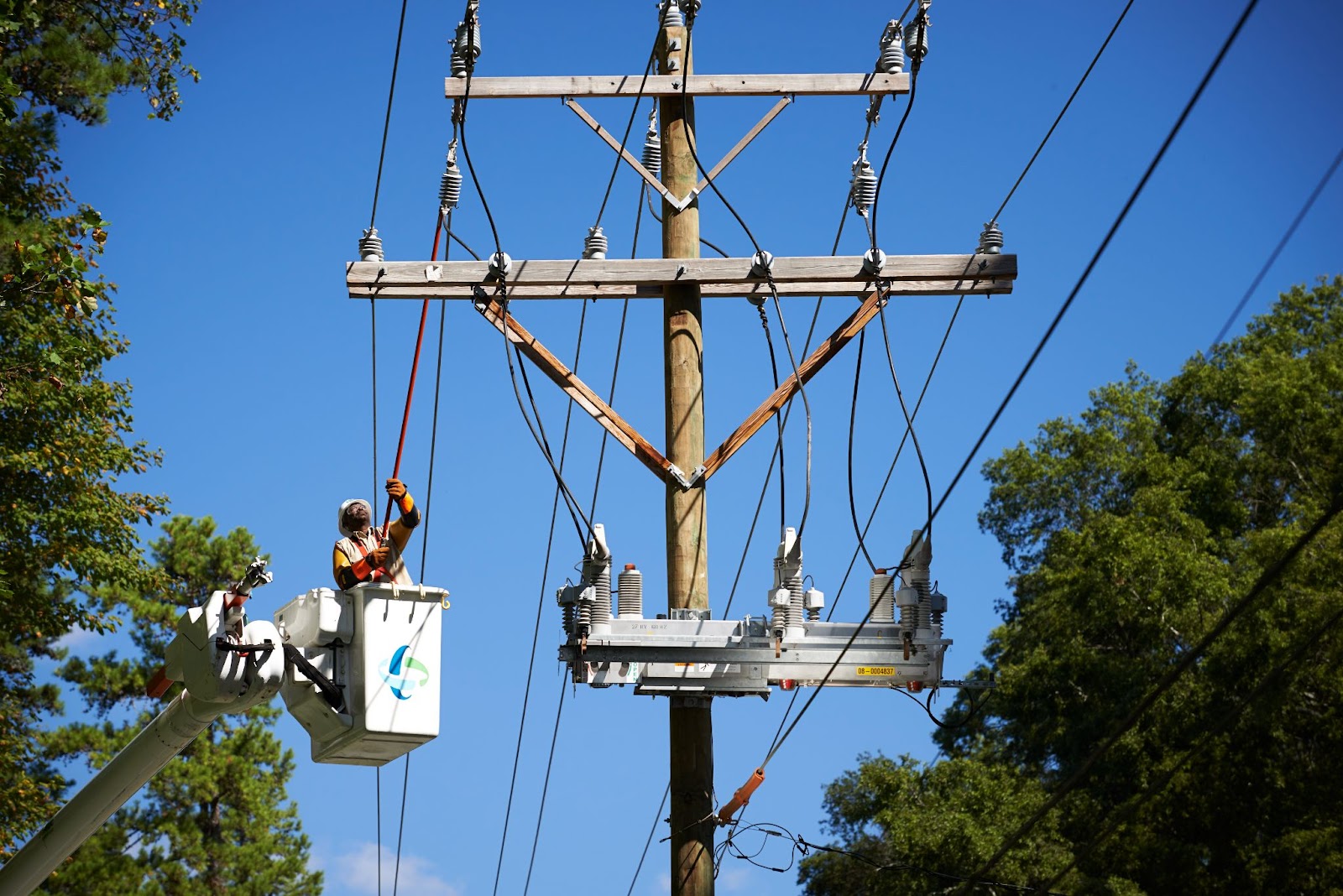
Photo Courtesy Duke Energy
The Three Major Interconnections
This entire process, from generation to distribution, is replicated repeatedly across the country in three major interconnections:
- The Eastern Interconnection
- The Western Interconnection
- The Texas Interconnected System
The Rocky Mountains separate the Eastern and Western interconnections, and the Texas system covers most of the second-biggest state. Texas originally created its own to avoid federal regulation from crossing state lines.
Notably, although these interconnections are linked with some direct current (DC) interconnects, they do not currently have the capacity to transfer much energy outside of their regions to others.
In fact, only seven DC lines currently link the East and West, equating to only 1,320 MW of transfer capacity or approximately one-tenth of a percent of their joint generating capacity.
The Texas Interconnection, meanwhile, has two DC ties to the Eastern Interconnection and a couple linking to Mexico. Other minor power grids exist on the continent: the Alaska Interconnection and the Quebec Interconnection.
The creation of these larger grids began during the World Wars, when industrial centers needed more generation capacity to produce military equipment and began linking their systems together, particularly at the urging of the federal government by the time of World War II. Note that although Texas agreed to provide these links for the war effort, the state severed them when it was done. Eventually, the process resulted in a country essentially split down the middle by the Eastern and Western interconnections.
In part two, we will look closer at the inner workings of the interconnections and the history of their development.
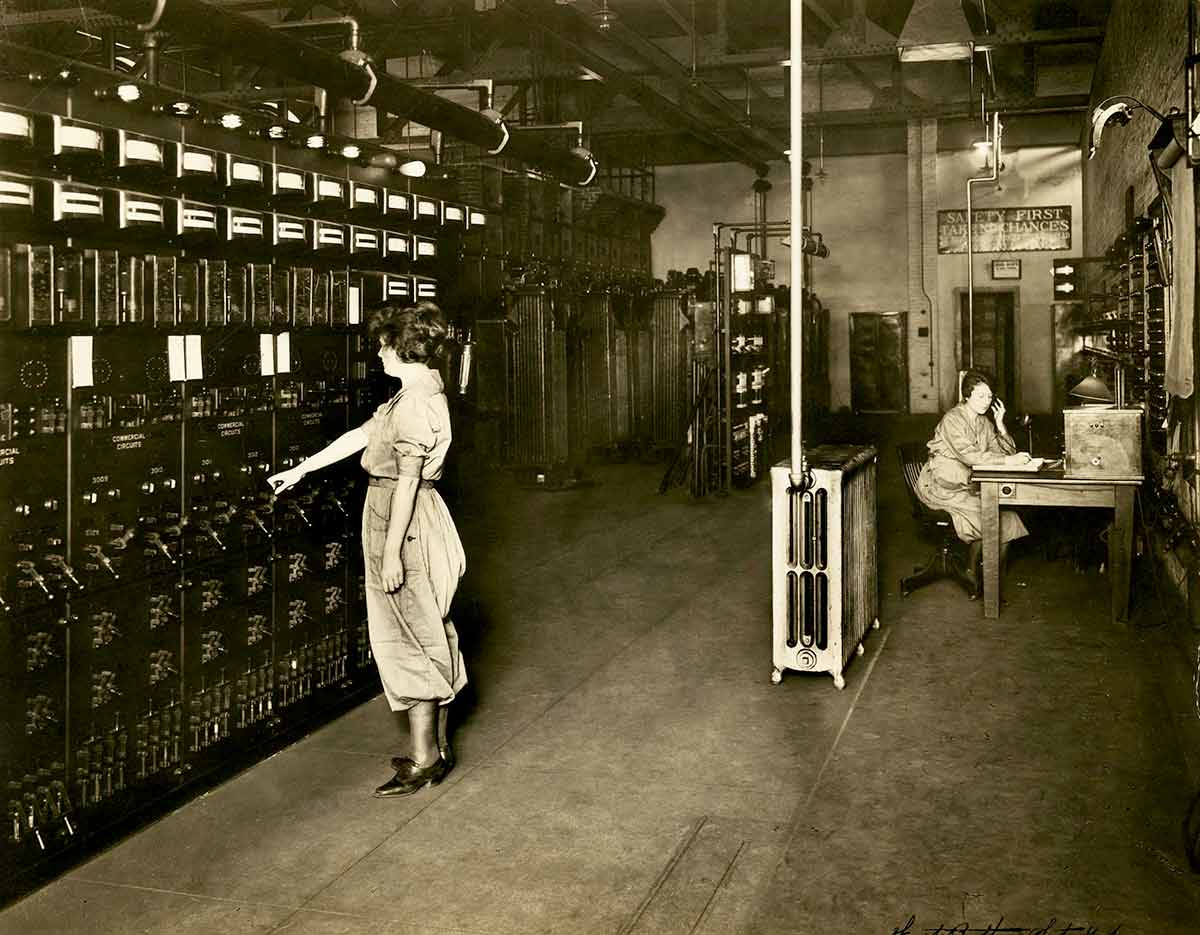
Photo Courtesy ConEdison

